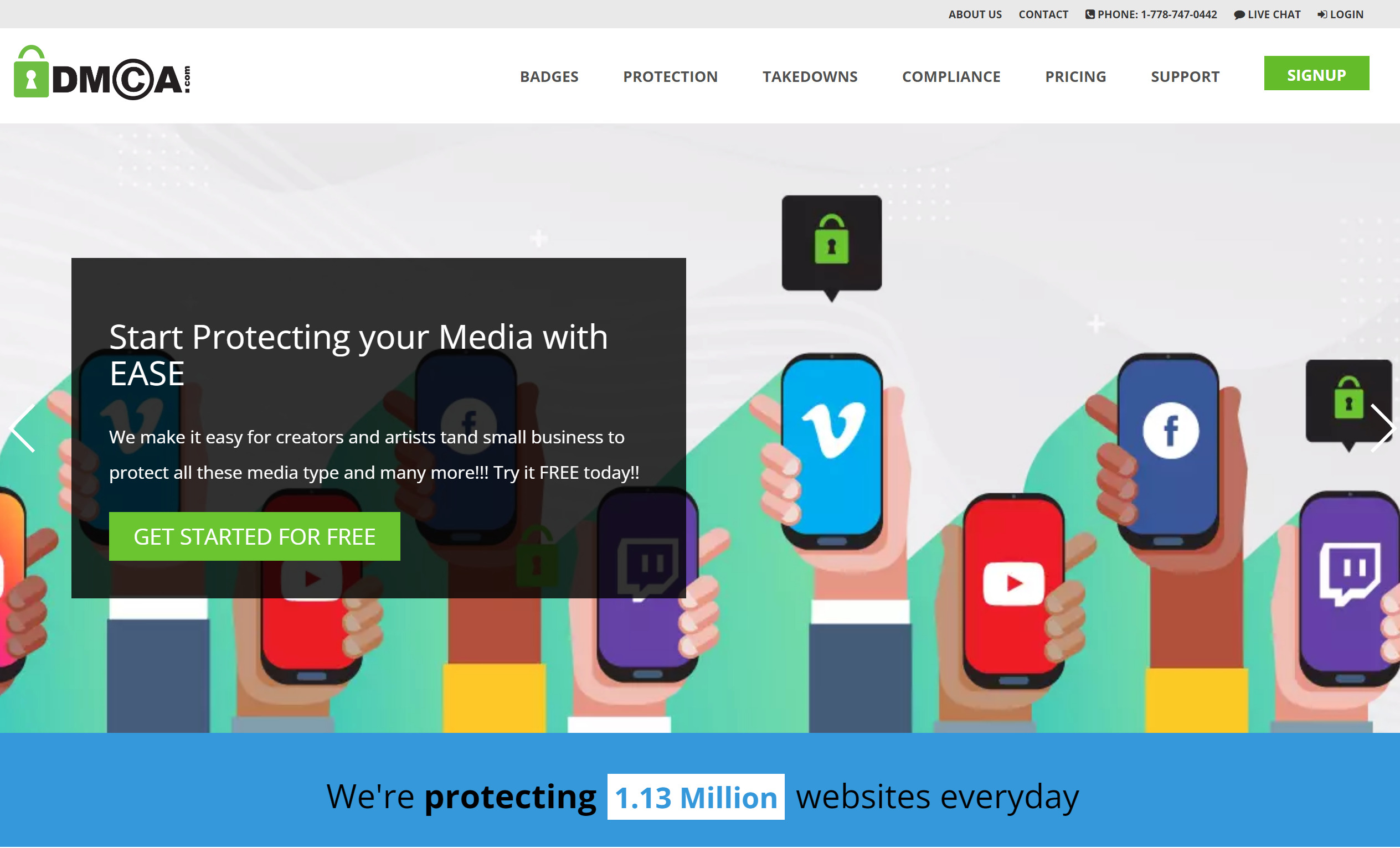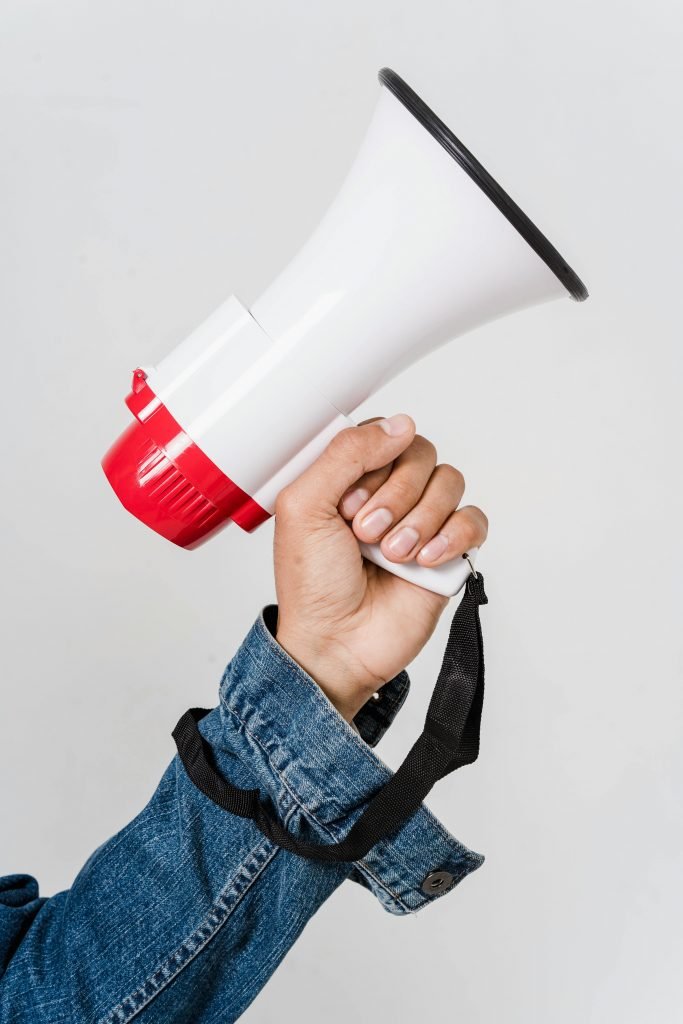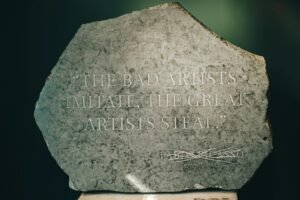What Is a DMCA Takedown Notice?
Understanding the DMCA Framework
The Digital Millennium Copyright Act (DMCA), enacted in 1998, was designed to modernize copyright law for the digital age. One of its key provisions allows copyright holders to request the removal of infringing content from online platforms through a formal process known as a DMCA Takedown Notice. This mechanism is intended to protect creators and rights holders from unauthorized use of their work on the internet.
Purpose and Scope of the Notice
A DMCA Takedown Notice serves as a legal request to an online service provider—such as a web host, social media platform, or search engine—to remove or disable access to content that allegedly violates copyright. It applies to a wide range of digital materials, including:
- Images, videos, and audio recordings
- Written content such as articles, blog posts, and eBooks
- Software code and digital products
- Any other copyrighted material distributed online without permission
The notice is not a court order, but when properly filed, it compels the service provider to act swiftly to avoid liability under the DMCA’s “safe harbor” provisions.
Who Can Submit a DMCA Notice?
Only the copyright owner or an authorized agent (such as a legal representative or licensing partner) may submit a DMCA Takedown Notice. Submitting a false or misleading notice can result in legal consequences, including penalties for perjury or damages under Section 512(f) of the DMCA.
To be valid, the notice must include:
- Identification of the copyrighted work being infringed
- A description of the infringing material and its location (URL or platform)
- Contact information for the complainant
- A statement affirming good faith belief that the use is unauthorized
- A declaration, under penalty of perjury, that the sender is authorized to act on behalf of the copyright owner
Here’s a professional yet firm DMCA Takedown Notice template you can use
Subject: Unauthorized Use of Artwork
Dear [Offender’s Name or Organization],
I recently discovered that my artwork, [briefly describe the piece, e.g., “a black-and-white ink drawing of a cityscape”], is being used on [platform or location, e.g., “your website/social media/etc.”] without my permission.
As the original creator of this work, I hold full rights to its use and distribution. I kindly ask that you either remove my artwork from [specific location] or provide appropriate credit and obtain a license for its usage.
Please confirm how you intend to proceed within [specific timeframe, e.g., “7 days”]. If no action is taken, I may need to explore additional steps to protect my rights as the creator of this piece.
Thank you for your prompt attention to this matter.
Sincerely, [Your Full Name] [Your Contact Information]

Sketchbooks.org | TIPS AND HACKS
How to Make Nature Inspired Art Feel Modern and Abstract
Why Reimagining Nature in Abstract Form Matters Learning how to make nature inspired art feel modern and abstract is a rewarding journey for artists who want to bridge organic influence with contemporary aesthetics. Nature has...
Feel free to adjust the tone or details to suit your style or the situation!

Ready to Share Your Work?




